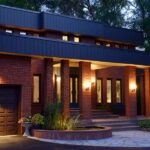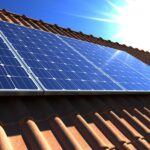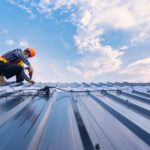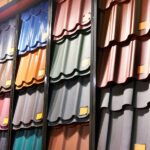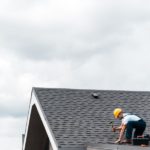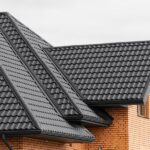
Flat roofing systems are a popular choice for commercial properties, industrial buildings, and modern residential homes. However, they come with their own set of unique challenges.
Understanding common problems related to flat roofing systems can save property owners significant time and money, preventing damage and prolonging the lifespan of their roofs.
Poor Drainage Leading to Standing Water
One of the most common issues with flat roofing systems is poor drainage, which often results in standing water. Unlike sloped roofs, flat roofs lack the natural incline that helps water flow efficiently.
If the system isn’t properly maintained, rainwater can accumulate and form pools on the surface, leading to structural damage, leaks, and the growth of mold or algae. Regular inspections and the installation of adequate drainage solutions, such as scuppers or internal drains, are essential to mitigating this problem.
Cracks and Blisters in the Roofing Material
Another common issue faced by flat roofs is the development of cracks and blisters in the roofing material. These imperfections often form as a result of prolonged exposure to extreme weather conditions, including intense heat or freezing temperatures.
Over time, the material can expand and contract, causing stress that leads to surface damage, creating raised areas that can weaken the structural integrity of the roof. Conducting routine inspections and promptly repairing any cracks or blisters are vital steps to ensuring the longevity of a flat roof.
Leaks and Moisture Damage
Leaks and moisture damage are among the most common and detrimental issues affecting flat roofs. Water intrusion can occur when the roofing membrane is compromised, allowing moisture to seep into the underlying structure.
Regularly inspecting for pooling water, punctures, or worn seals around vents and other penetrations is essential to mitigate the risk of moisture damage. Learning how to apply spray foam insulation to flat roofing can help prevent leaks and seal the home properly.
UV Damage
Prolonged exposure to ultraviolet (UV) rays can significantly degrade the structural integrity of a roof over time. UV radiation causes roofing materials to dry out, leading to cracks, brittleness, and a diminished ability to protect against environmental elements.
Implementing protective coatings or using UV-resistant materials can help mitigate these effects and extend the roof’s lifespan. Regular inspections are key to identifying early signs of UV damage and taking preventative measures.
Shrinkage in Roofing Membranes
Over time, certain roofing materials, particularly single-ply membranes like EPDM or PVC, may contract due to prolonged exposure to fluctuating temperatures and aging. This contraction creates tension across the roof’s surface, which can cause seams to pull apart or flashing to fail, leading to water infiltration.
Ensuring adequate accommodations for thermal movement during installation can significantly extend the durability of roofing membranes. Proper installation techniques, routine inspections, and the use of high-quality materials are critical in minimizing these risks.
Protect Your Home’s Roof
Flat roofs offer great practicality and style, but they need care to deliver long-term value. If you’re dealing with any of these common problems related to flat roofing systems, reach out to a roofing expert right away.

